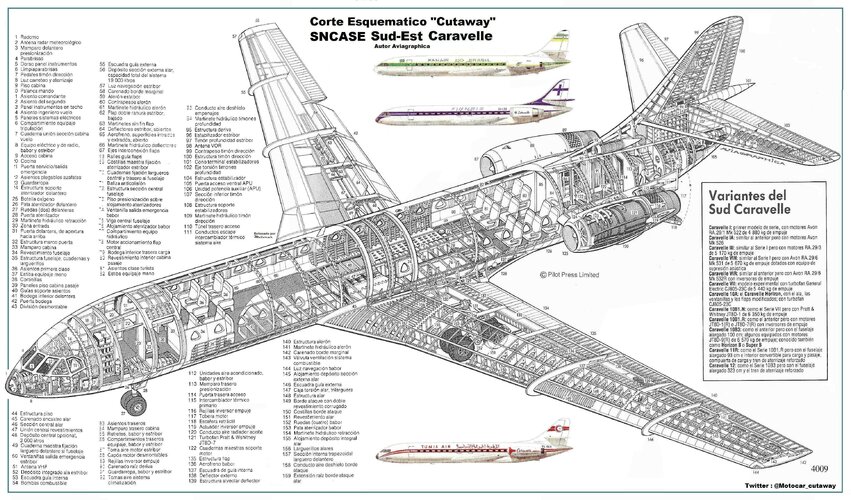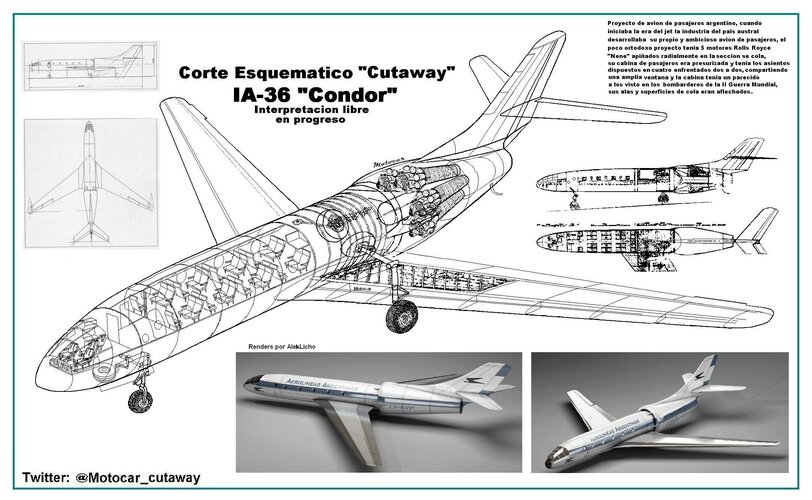masimaes
ACCESS: Restricted
- Joined
- 18 January 2022
- Messages
- 35
- Reaction score
- 17
this plane would have revolutionized air travel. With it being faster than a de havilland comet. What do you get when you mix nazi engineering, british engines, and argentinian ambition. one of the most weirdest planes ever. the FMA 3A 36 condor. with 6 engines in the rear of the fuselage, this plane would have stolen the comet's glory for being the fastest jetliner. With it flying 20% faster than the de havilland comet, this plane could have took the world by storm. however, with its deadly design and flaws, it was never meant to be. the fma 36 condor was destined to be a mid range jetliner, for argentina's national airline, argentinas aerolineas. Its most striking feature was its multi engine configuration, with an annular inlet. the planes engine concept was very dawn at the time. in the 1950s the dawn of the jet age saw an advot of super large composite engines that were believed to have excellent reliability. the result would be an supreme propulsive and aerodynamic aircraft. the condor was believed to have a max speed of 590mph or 950km/h. that's impressive comapared to the de havillend comet 3 which could only fly at 485mph. meaning that the condor would have been 20% faster than the comet if it had been mass produced. the plane would have an estiamted range of 396 miles, with only 38-41 passengers in a single aisle configuration. work on the condor began in 1951 and by 1953 they had a full scale wooden mockup. the designer was curt tank, the same man who designed nazi aircraft such as the focke wolf 190,ta 152 among others. But the condor had many problems. those who had the time to look over tanks design thought that from the outset it was riddled with promblems. the saftey implications of passengers enveloped in a battery of engines, how exactly far back did the passenger cabin go, because the section behind the intakes would have been very dark, windows would have been useless in that area due to it being wrapped by the engines. that's just the beggineing of passenger experince. imagne sitting in what was effectively a ring of engines, the noise would have been deafening, now add up the super hot area in the back in the engies. now what would they call that section that was loud, dark and hot? Super econmy perhaps? talk about the flight from hell. the condor design was problematic, so what happend to the project. as with many things in argentina it was a polictal upheaval that led to its demise. the new dictaror got rid of curts brainchild. the condor was no more. nevertheless if the condor had worked, argentina would have been placed on the map for jet aviation, and they would have had something that they were very proud of. for one thing, it would have been the first jetliner designed and built in latin america, for another, it would have revolutionized jet engine design as we know it back in the 1950s. could you imagine american airlines flying the condor with the 727 being placed on the backseat? however in the end, it was probably a good thing that this scary airplane was never mass produced.
Attachments
-
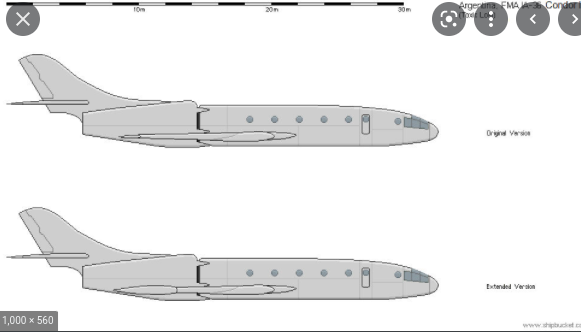 Screenshot 2022-02-28 8.55.58 AM.png46.3 KB · Views: 271
Screenshot 2022-02-28 8.55.58 AM.png46.3 KB · Views: 271 -
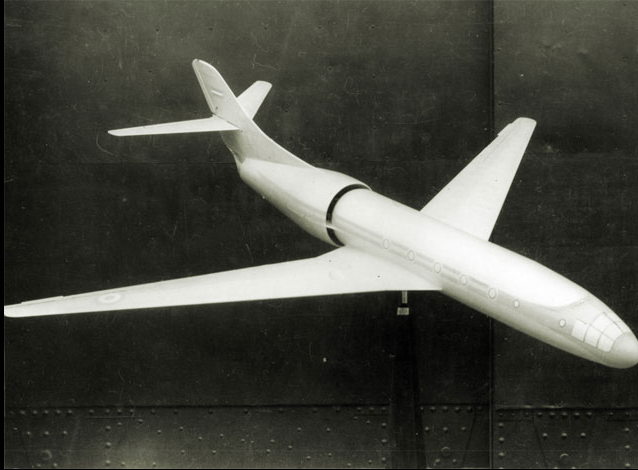 Screenshot 2022-02-28 8.54.36 AM.png260.4 KB · Views: 234
Screenshot 2022-02-28 8.54.36 AM.png260.4 KB · Views: 234 -
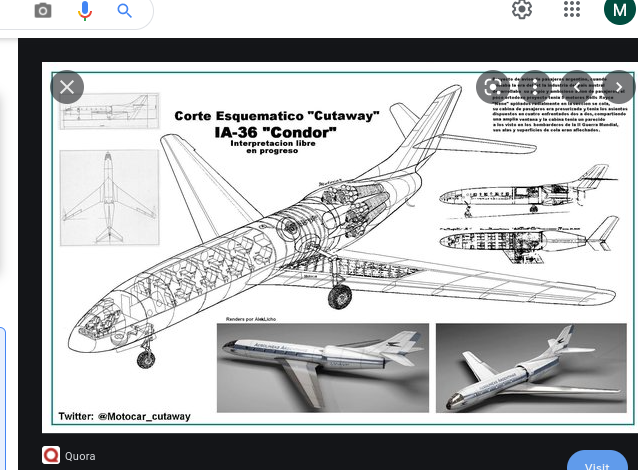 Screenshot 2022-02-28 8.55.29 AM.png233.6 KB · Views: 249
Screenshot 2022-02-28 8.55.29 AM.png233.6 KB · Views: 249 -
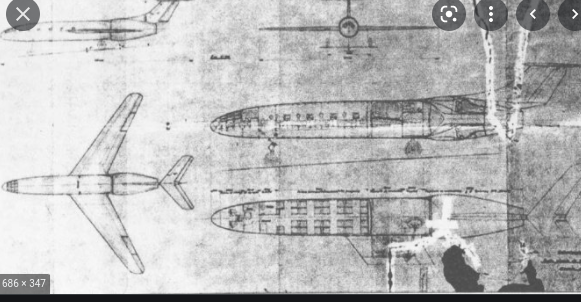 Screenshot 2022-02-28 8.57.39 AM.png179.2 KB · Views: 246
Screenshot 2022-02-28 8.57.39 AM.png179.2 KB · Views: 246 -
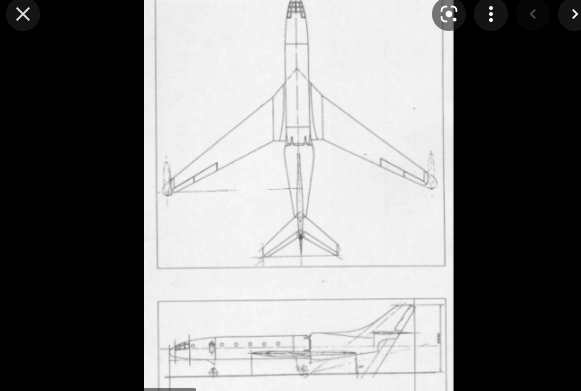 Screenshot 2022-02-28 8.57.52 AM.png90.7 KB · Views: 218
Screenshot 2022-02-28 8.57.52 AM.png90.7 KB · Views: 218 -
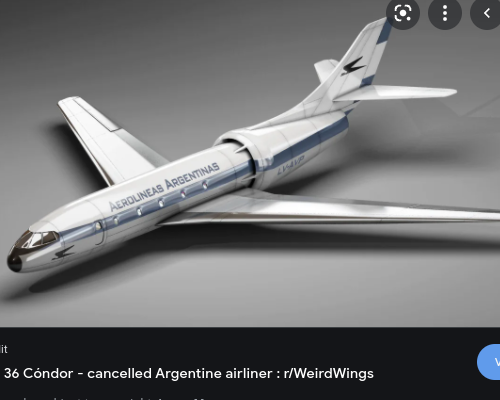 Screenshot 2022-03-01 9.42.34 AM.png99.3 KB · Views: 201
Screenshot 2022-03-01 9.42.34 AM.png99.3 KB · Views: 201 -
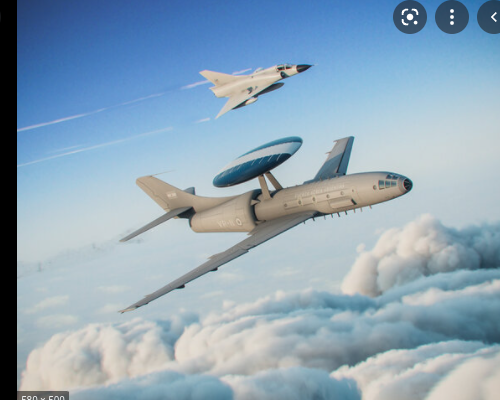 Screenshot 2022-03-01 9.41.34 AM.png234.6 KB · Views: 189
Screenshot 2022-03-01 9.41.34 AM.png234.6 KB · Views: 189 -
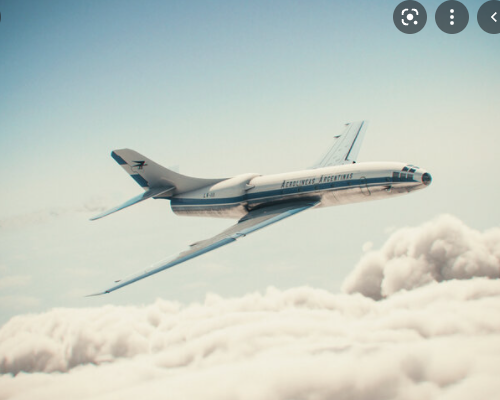 Screenshot 2022-03-01 9.41.18 AM.png185.3 KB · Views: 190
Screenshot 2022-03-01 9.41.18 AM.png185.3 KB · Views: 190 -
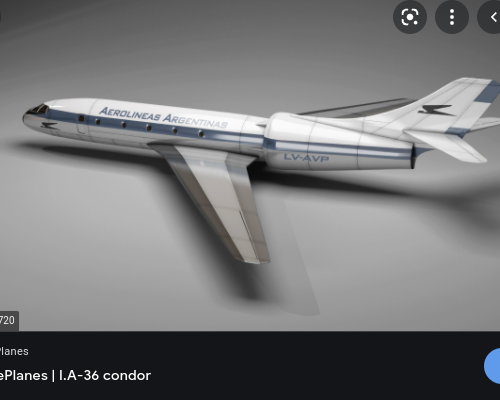 Screenshot 2022-03-01 9.41.11 AM.png101.7 KB · Views: 163
Screenshot 2022-03-01 9.41.11 AM.png101.7 KB · Views: 163 -
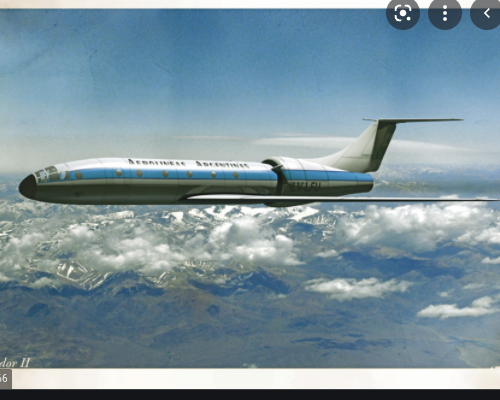 Screenshot 2022-03-01 9.43.23 AM.png286 KB · Views: 169
Screenshot 2022-03-01 9.43.23 AM.png286 KB · Views: 169 -
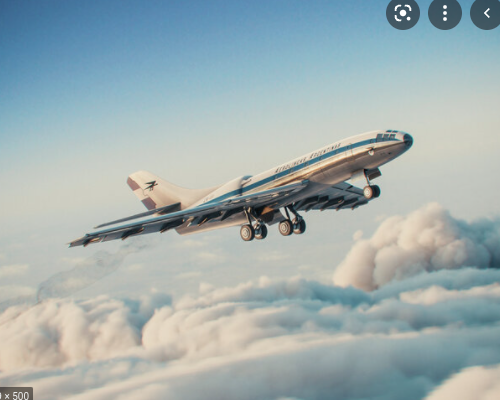 Screenshot 2022-03-01 9.43.36 AM.png224 KB · Views: 194
Screenshot 2022-03-01 9.43.36 AM.png224 KB · Views: 194
Last edited:

